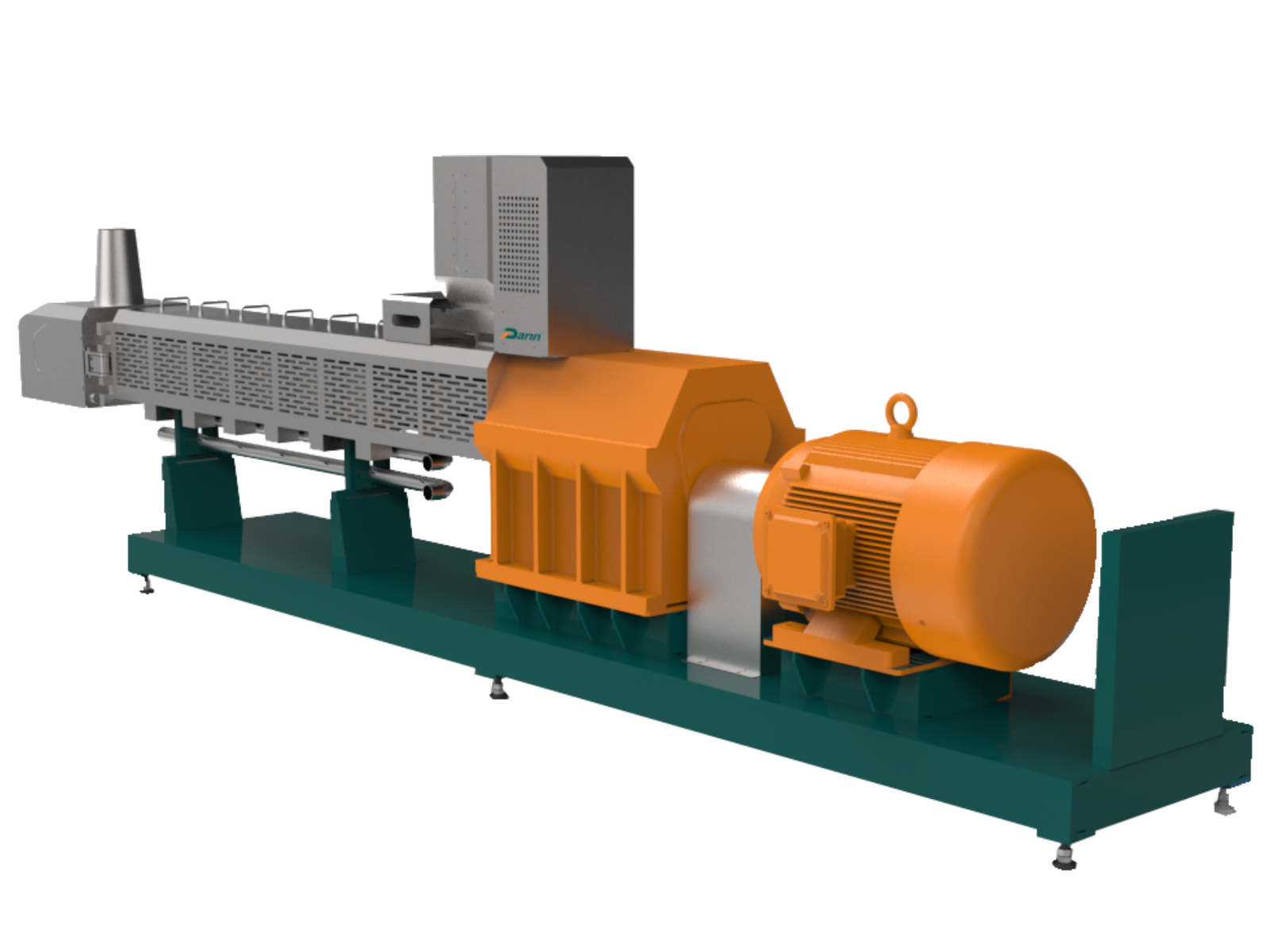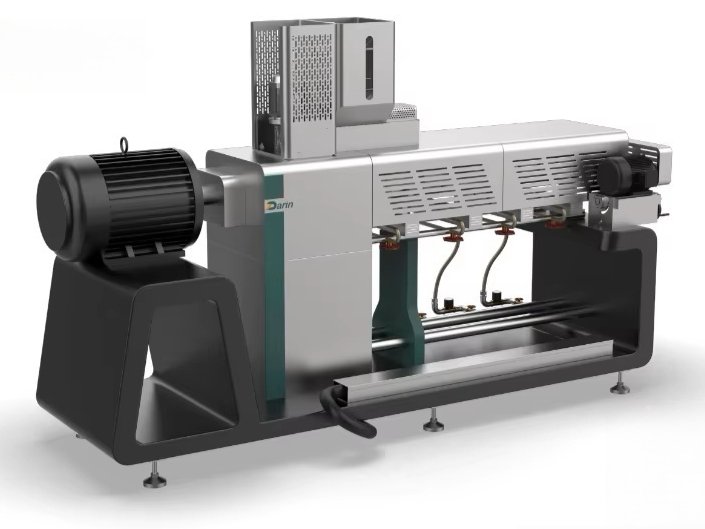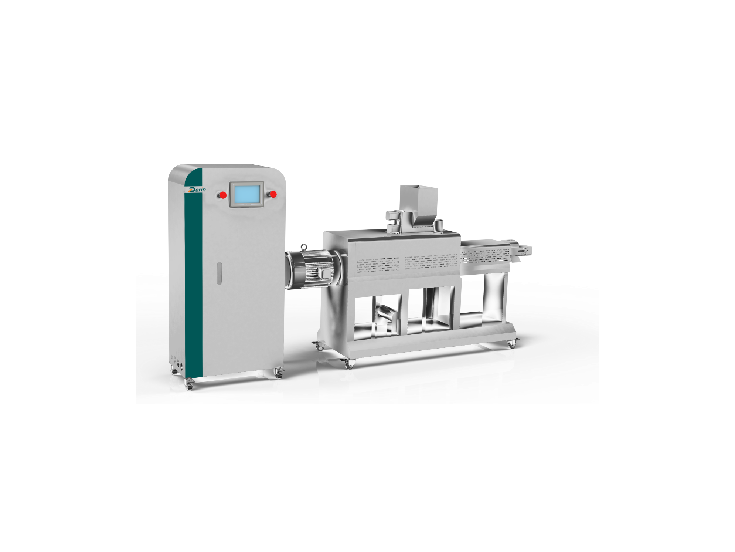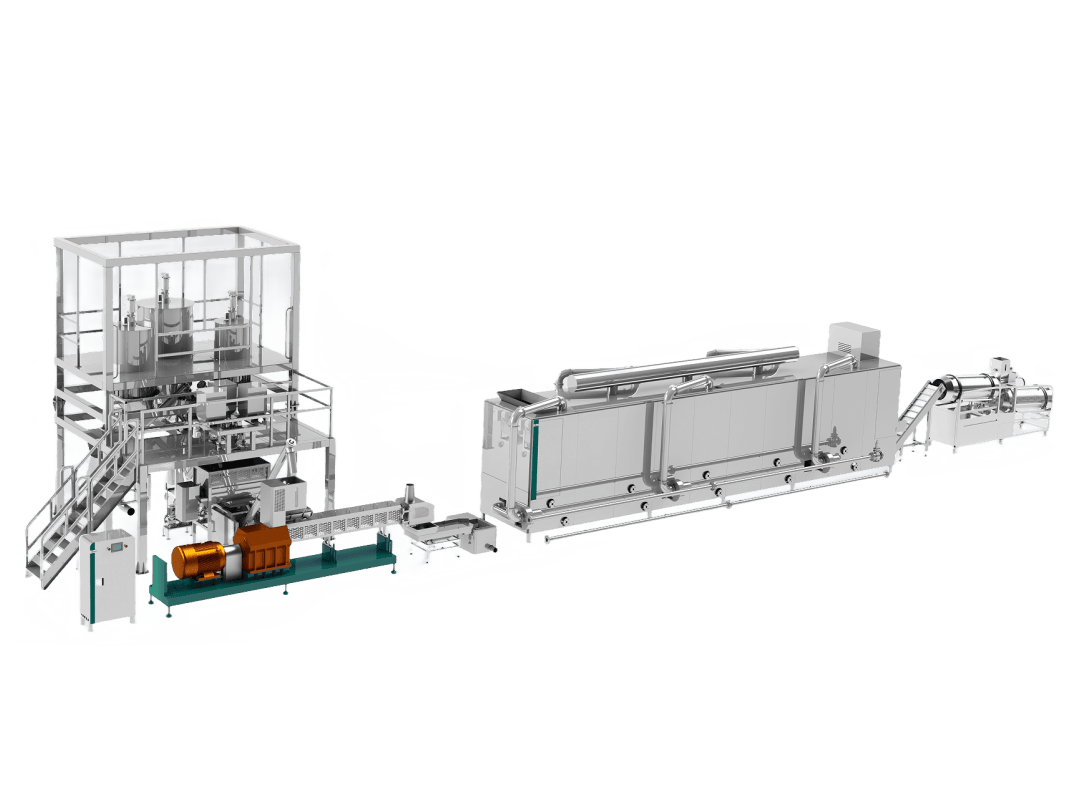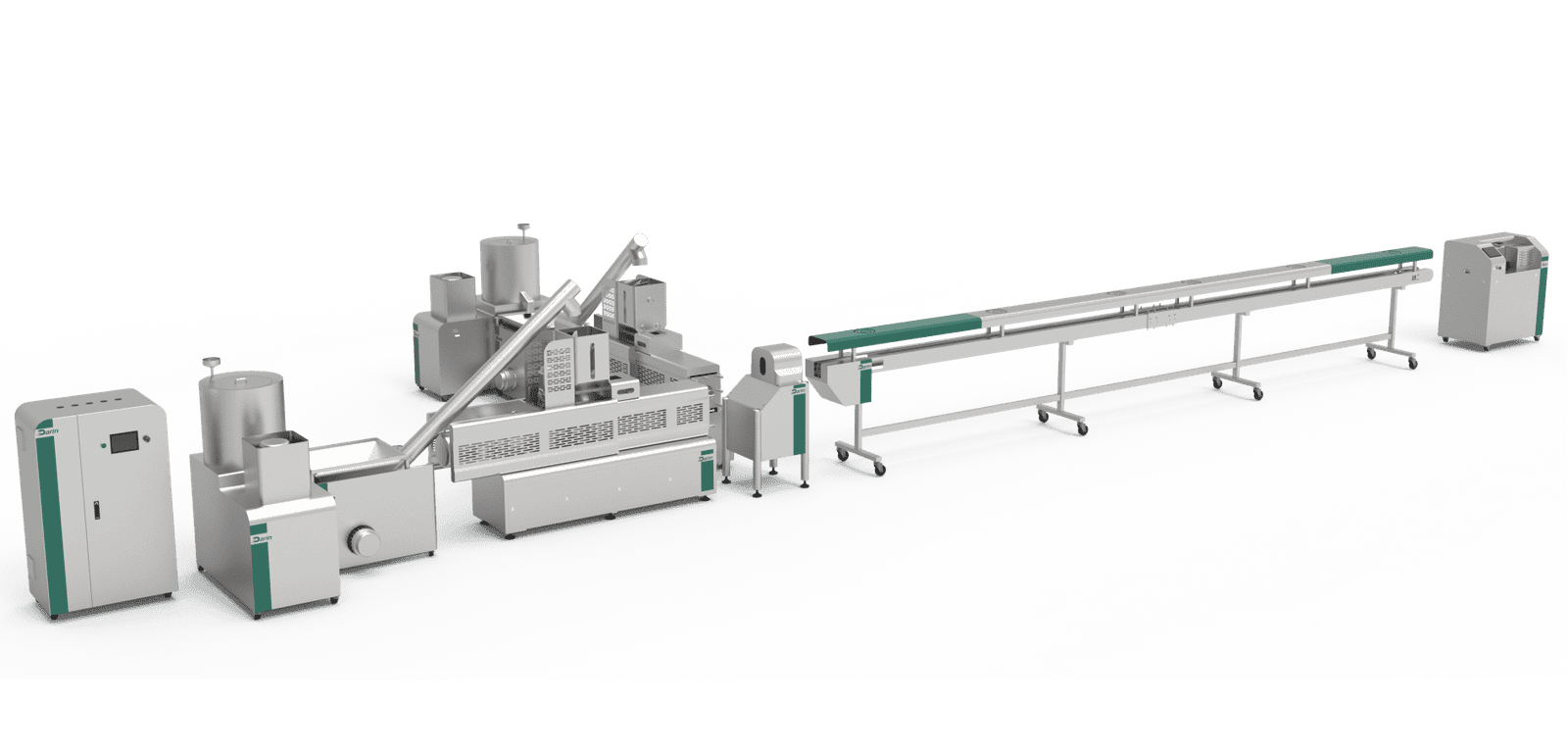
Understanding the Differences: Baked vs. Extruded Dog Food
Many pet owners struggle with choosing the best food for their dogs. The two most common types of dry dog food—baked and extruded—offer different benefits, and picking the wrong one could impact your dog’s health. Baked dog food is often marketed as a healthier alternative, but is it really better than extruded kibble? Let's break down the differences, benefits, and drawbacks to help you make an informed decision.
Which Is Better: Baked or Extruded Dog Food?
Baked dog food is considered superior by some because it retains more nutrients, has better digestibility, and often contains fewer artificial ingredients. However, extruded kibble is more widely available, cost-effective, and can offer balanced nutrition when formulated properly.
Breaking It Down Further
Both baked and extruded dog food have their advantages and disadvantages. To determine which is best for your pet, let's analyze their production processes, nutritional content, digestibility, and health impacts.
Baked dog food retains more nutrients than extruded kibble.True
Baking is a gentler cooking process that helps preserve essential vitamins and amino acids.
Extruded dog food is unhealthy for dogs.False
High-quality extruded dog food can still provide balanced nutrition, and many brands use high-quality ingredients.
Baked dog food is always grain-free.False
Baked dog food can contain grains, depending on the brand and recipe.
What Is Baked Dog Food and How Is It Made?
Baked dog food is prepared using a slow-cooking method at lower temperatures compared to extrusion. This process allows for better nutrient retention and a more natural texture.
How Is Baked Dog Food Made?
- Ingredient Mixing: Fresh meats, whole grains, vegetables, and essential nutrients are blended into a dough.
- Slow Baking: The dough is baked at lower temperatures (typically between 150-200°F), preserving heat-sensitive nutrients.
- Cooling and Packaging: The final product is cooled to maintain freshness and then packaged for distribution.
Alt: The process of baking dog food, showing ingredients, baking, and packaging.
Benefits of Baked Dog Food
| Benefit | Explanation |
|---|---|
| Better Nutrient Retention | Baking preserves vitamins and proteins that can be lost in high-heat processes. |
| Easier Digestion | The structure of baked kibble is more porous, making it easier to digest. |
| Less Processing | Fewer artificial preservatives and fillers are needed compared to extruded kibble. |
Potential Downsides of Baked Dog Food
| Drawback | Explanation |
|---|---|
| Higher Cost | Baking is a more expensive process, leading to higher product prices. |
| Shorter Shelf Life | Since fewer preservatives are used, baked food may not last as long as extruded kibble. |
| Less Availability | Baked dog food is not as widely available in pet stores compared to extruded options. |
Baked dog food is more expensive than extruded kibble.True
The baking process is more time-consuming and uses higher-quality ingredients, making it costlier.
What Is Extruded Dog Food and How Is It Made?
Extruded dog food is the most common type of dry dog food. It is made using a high-heat, high-pressure process that rapidly cooks and shapes the kibble.
How Is Extruded Dog Food Made?
- Ingredient Mixing: Proteins, grains, fats, and vitamins are blended into a dough.
- Extrusion Process: The dough is heated at high temperatures (typically 200-300°F) and forced through a machine to shape the kibble.
- Drying and Coating: The kibble is dried, then coated with fats, flavors, and nutrients before packaging.
Alt: The process of extruding dog food, showing high-temperature cooking and shaping.
Benefits of Extruded Dog Food
| Benefit | Explanation |
|---|---|
| More Affordable | Mass production and efficiency make extruded food more budget-friendly. |
| Longer Shelf Life | The drying process extends shelf life, making storage easier. |
| Widely Available | Most pet stores carry extruded dog food, offering a variety of options. |
Potential Downsides of Extruded Dog Food
| Drawback | Explanation |
|---|---|
| Loss of Some Nutrients | The high-heat process can break down vitamins and proteins. |
| Lower Digestibility | The dense texture can make it harder to digest for some dogs. |
| Use of Fillers | Some brands use low-quality ingredients or additives to enhance palatability. |
Extruded dog food contains artificial preservatives and fillers.True
Many lower-quality extruded kibbles contain artificial additives, though premium brands may avoid them.
Which One Should You Choose for Your Dog?
Your choice should depend on your dog’s specific needs, dietary preferences, and your budget.
| Factor | Best Choice |
|---|---|
| Nutrient Retention | Baked dog food |
| Affordability | Extruded dog food |
| Shelf Life | Extruded dog food |
| Digestibility | Baked dog food |
| Availability | Extruded dog food |
Final Recommendation
- If nutritional quality and digestibility are your top priorities, baked dog food is the better choice.
- If cost, convenience, and availability matter more, extruded kibble may be a better fit.
- For dogs with sensitive stomachs, baked food is usually easier to digest.
Conclusion
Baked and extruded dog foods both have their pros and cons. While baked dog food often retains more nutrients and is easier to digest, extruded kibble is more affordable and widely available. The best choice depends on your dog's health needs and your personal preferences as a pet owner.
Need Help Choosing the Right Dog Food?
If you're still unsure about the best option for your dog, consult a veterinarian or pet nutritionist. For premium baked and extruded dog food options, check out our recommended selections.


